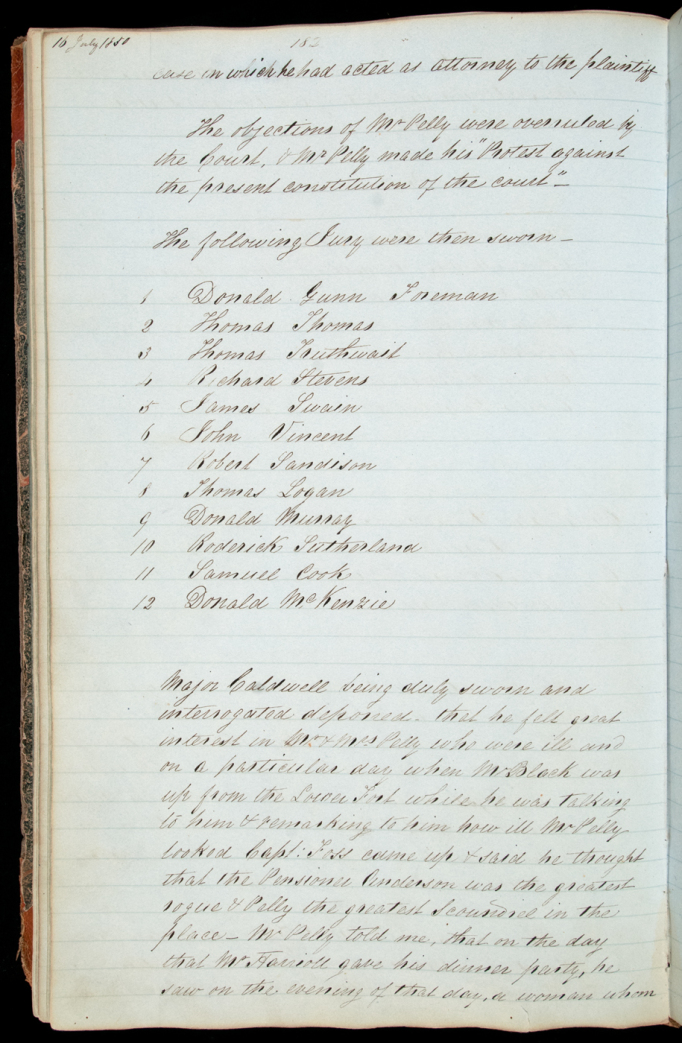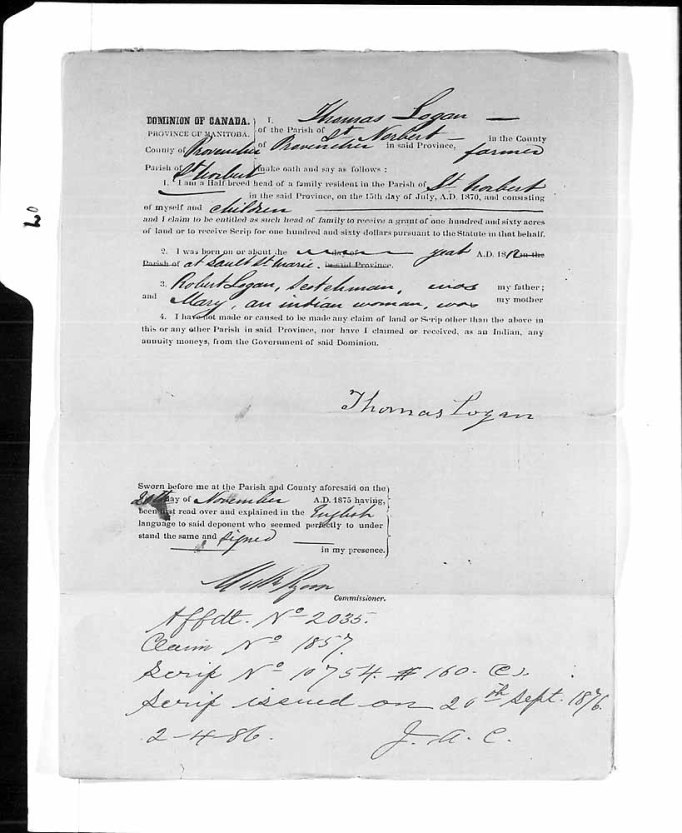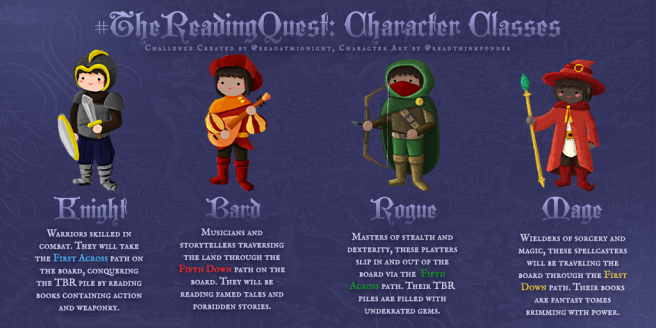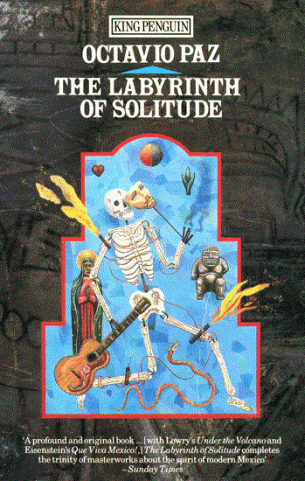Recently the Royal Manitoba Theatre Centre presented the play Sarah Ballenden by local playwright Maureen Hunter. The play is rooted in the historical trial of Foss vs. Pelly that took place in July 1850 in the Red River Settlement.
Sarah Mcleod Ballenden was a Metis woman married to a Hudson Bay Company Chief Factor, John Ballenden. Rumors were circulating that she was having an inappropriate relationship with a soldier, Captain Christopher Foss. In order to clear her name, Foss brought charges of defamation against four members of the community who were the source of the allegations: A.E. Pelly, accountant for HBC; his wife Anne Pelly; John Davidson, the mess cook; his English wife, a servant.
Much has been written about the trial and the issues of class and racism in the settlement. It is not my intent to analyze this historical event. Readers who wish to know more can read Sylvia Van Kirk’s article “The Reputation of a Lady”: Sarah Ballenden and the Foss-Pelly Scandal at http://www.mhs.mb.ca/docs/mb_history/11/fosspellyscandal.shtml#24
Dale Gibson’s has an account of the trial in his book Law, Life, and Government at Red River: General Quarterly Court of Assiniboia, Annotated Records, 1844-1872, excerpts of which you can read on Google Books.
What piqued my interest was the fact that I have Hogue, McMillan and Dease ancestors living in Red River during this time frame. During the play there were references to Governor Simpson having abandoned his country wife years earlier. Of course, the country wife was Margaret Taylor, my great-great grandmother, whom I’ve written about here.
I wondered if any of my ancestors were on the jury. Thanks to the digitization of records on the Archives of Manitoba website, I was able to see the list of jurors.

District of Assiniboia General Quarterly Court District of Assiniboia General Quarterly Court, 1844-1851, Digital Image Number: PR16-002638.jpg Location Code: P7538/1
At first glance I thought, no ancestors there. Then a couple of days later I took a second look. One name stood out…Thomas Logan. Checking back through my files there he was… the brother-in-law of my great-great grandmother, Margaret Dease. Thomas Logan was married to Margaret’s sister, Mary Anne.
Naturally I wondered what his opinions on the trial would have been, given that he was married to a Metis woman. As I delved further into his background I discovered he was the son of Robert Logan and Mary, a Saulteaux Indian, so he was also Metis.

Scrip affidavit for Logan, Thomas, from Library and Archives Canada, MIKAN NO. 1502263
Further research revealed that after Thomas’s mother died, his father, Robert Logan, married Sarah Ingham, a white European widow, who was a schoolteacher. Sylvia Van Kirk in her book Many Tender Ties, states that:
“The family of retired Chief Factor Robert Logan had particularly opposed their father’s marriage to Mrs. Ingham”.
Reading the transcript of the trial, Mrs. Logan’s name comes up several times.
Mrs. John Black (Margaret Christie, a Metis woman married to a HBC officer) said:
“I have heard Mrs. Logan state that Mrs. Ballenden was a woman that must always have a sweetheart as well as a husband.” and
“Mrs. Logan told me they were very intimate.”
Mrs. Cockran (wife of the Anglican Rev. William Cockran) testified:
‘I have heard reports, and questions has [sic] been put to me. Mrs. Logan told me, & informed me that she had spoken to Mrs. Ballenden about it.”
The testimony of most of the witnesses for the defendants was hearsay. There was a definite undertone of “white” superiority and racism. So what would it have been like for Thomas Logan, a Metis, with a Metis mother and wife to hear his stepmother’s opinions? We can only guess.
I also noticed that one of the witnesses for the plaintiff was a Mr. Nathaniel Logan, a clerk for Mr. John Ballenden. Thomas had a brother Nathaniel who worked for HBC, and this could have been him.
In the end Foss won his case and damages were assessed against the defendants. However the rumors did not go away and Sarah Ballenden found herself shunned by many of the elites of the community. She died three years later at the age of thirty-five.
So, what is the point of this post? Obviously none of my direct ancestors were involved. However, five of my direct ancestors (Margaret Taylor, Amable Hogue, William McMillan, Margaret Dease, and Genevieve Beignet) were adults living in the Red River Settlement at this time. All of them, except for Amable, who was French-Canadian, were Metis. This is the social climate they lived in. These are the prejudices they experienced.
The pursuit of genealogy research for me is not just finding the names and dates for my ancestors, but placing them in the historical, social milieu in which they lived. And THAT is the reason for today’s post.
Advertisements Share this:





